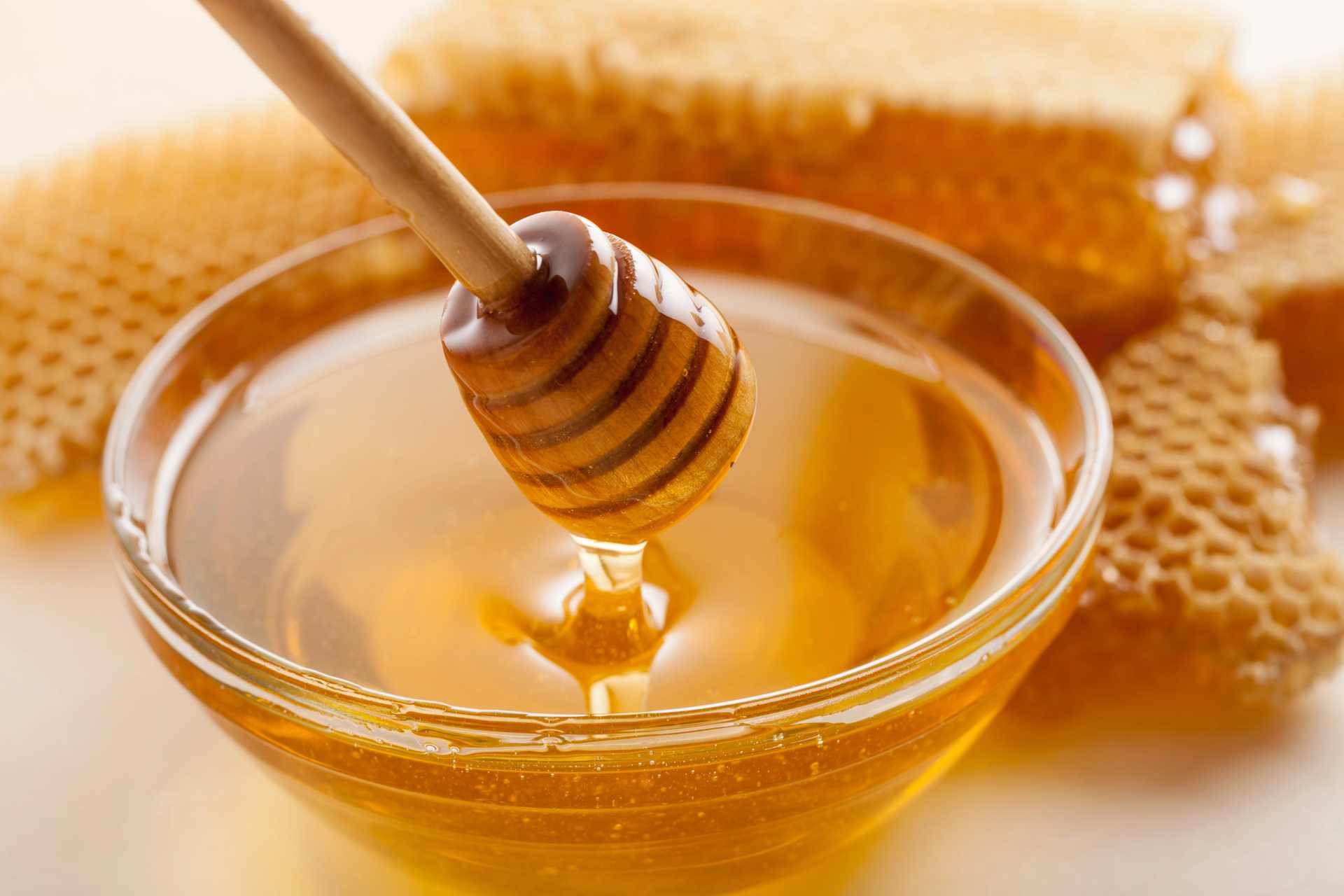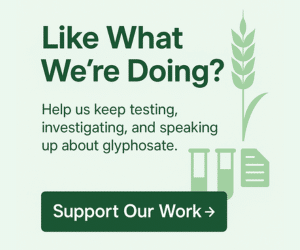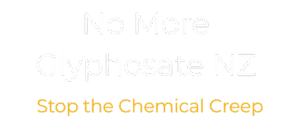How pure is New Zealand honey, really?
When we first began independently testing honey for glyphosate — the active ingredient in Roundup — in June 2025, our goal was simple: to find out what’s really in a product that’s often marketed as pure, natural, and even medicinal. With the support of everyday New Zealanders who donated to cover the lab cost of $106.60 per sample, we’ve now completed three separate rounds of testing.
The first two batches showed a mixed picture: some jars contained no detectable glyphosate at all, while others carried low but measurable traces. A few tested surprisingly high. You can read more about the first round of honey testing and the second round of testing on our website.
This third round continues that story. We purchased seven different jars of retail honey — the same way any consumer would, through supermarkets and online — and sent them for trace-level laboratory testing. The results show that once again, glyphosate residues are not the exception in New Zealand honey, but the rule.
Batch 3 Test Results
All seven samples were independently tested on 18 August 2025 by Hill Laboratories. The glyphosate detection limit was 0.002 mg/kg (2.0 ppb).
Honey Sample Results
| Honey Sample | Glyphosate Level |
|---|---|
| Whenua Mānuka Honey 5+ UMF Batch not stated | 0.0072 mg/kg (7.2 ppb) |
| King Bees Mānuka Honey MGO 50+ Batch KB2520 | 0.0026 mg/kg (2.6 ppb) |
| Happy Valley Mānuka Honey MGO 50+ Batch 6078 RMP:MA2 | <0.002 mg/kg (<2.0 ppb) |
| Aotea Mānuka Honey 125+ MGO Batch not stated | 0.0028 mg/kg (2.8 ppb) |
| Mason Brothers Mānuka Honey MGO 50+ Batch 25007 | 0.0084 mg/kg (8.4 ppb) |
| Manuka South Mānuka Honey 5+ UMF Batch 254352 | 0.0040 mg/kg (4.0 ppb) |
| Wrights Honey Mānuka Honey Hive location Kerikeri Batch 0118 | 0.1199 mg/kg (119.9 ppb) |
Other Herbicides
The lab also tested for:
- AMPA (the main breakdown product of glyphosate)
- Glufosinate (a separate herbicide)
No measurable amounts were detected above the reporting threshold of 0.010 mg/kg for either compound. Even that threshold carries a small uncertainty (±0.0029 mg/kg for AMPA), meaning the lab is confident that if either compound is present, it’s below 0.010 mg/kg within the margin of error.
What Does This Tell Us?
- Six out of seven samples contained detectable levels of glyphosate.
- Only one — Happy Valley Raw Multifloral Mānuka Honey — tested below the detection limit (<2 ppb).
- The standout result is Wrights Honey, at 119.9 ppb — the highest glyphosate level we’ve seen across all our honey testing to date.
Other brands — including Whenua, King Bees, Mason Brothers, and Manuka South — returned results ranging between 2.6 and 8.4 ppb. These levels are low in absolute terms, but their consistency across different producers underscores the broader reality: glyphosate residues are common in New Zealand honey.
For a product marketed as pure, natural, and health-giving, even trace contamination poses a contradiction for consumers.
How This Compares
| Country / Standard | Glyphosate Limit in Honey |
|---|---|
| Japan | 0.01 mg/kg (10 ppb) – Stricter |
| Codex / EU Export | 0.05 mg/kg (50 ppb) – Common international limit |
| New Zealand (domestic) | 0.1 mg/kg (100 ppb) – Looser |
- Six of the seven samples were within all international limits.
- But Wrights Honey at 119.9 ppb exceeded New Zealand’s domestic Maximum Residue Limit (MRL) of 100 ppb.
For consumers, these differences in limits raise awkward questions: why does one country set its tolerance at 10 ppb, another at 50 ppb, and New Zealand at 100 ppb? Whose interests do these limits serve — those of consumers, or those of producers and exporters?
Putting It in Context
Across all three testing rounds conducted so far:
- Some honeys show no detectable glyphosate at all (<2 ppb).
- Many fall into the “trace” category — between 2 and 10 ppb.
- A few stand out as much higher, including Wrights Honey in this round, and earlier samples such as Egmont and Airborne at 20+ ppb.
That leaves Whenua Honey, at 7.2 ppb, right in the middle of the pack — neither especially low, nor unusually high. In short, it’s typical of what we are seeing on New Zealand shelves.
Why This Matters
Glyphosate is the world’s most widely used herbicide. While New Zealand regulators maintain that residues below the MRL are “safe,” independent studies continue to link glyphosate exposure to environmental and health risks — including potential effects on gut health, endocrine disruption, and cancer.
Even if the levels in honey are low, their very presence in a premium product marketed for purity and wellness raises uncomfortable questions:
- Can a food marketed as “natural” still be considered so if it carries traces of a synthetic herbicide?
- Are New Zealand’s residue limits set to protect public health — or to protect export markets?
- And perhaps most importantly: what confidence should consumers place in labels when contamination is this widespread?
Producer Responses
All honey producers whose products we tested were given the opportunity to review these results and provide a comment.
- King Bees responded with a statement for publication, which is included in full below.
- A couple of other producers contacted us privately, but their replies were not provided for publication.
Any further responses received after publication will be added to this page.
King Bees Honey
Thank you for getting in touch regarding the King Bees MGO 50+ honey that you tested as a part of your initiative. We are pleased that the result is so low, however we do get all of our honey independently tested at an IANZ accredited facility, so this was no surprise.
As a bit of background, our hives are located along the East Coast, predominantly north of Gisborne, in areas surrounded by bush. We maintain close relationships with our landowner partners and place hives well away from any areas that may be sprayed. As you are aware bees can fly far from their hive, so there is always a risk that they come into contact with substances that are out of our control, however this is less likely in the East Coast due to the remote locations and low levels of activity in that region. But just to be sure, we conduct a full suite of testing on each batch of honey so we have visibility of the key quality parameters.
It is at the heart of our business to look after the bees’ welfare and to ensure they produce high quality honey. Unfortunately with the financial focus of some honey producers and packers, the honey quality is less of a priority. We believe there should be more transparency, so consumers understand what they’re buying. Or at the very least, retailers can choose appropriately for their customers. And we’re starting on that journey, as we recently launched our new brand.
I read your recent article regarding Glyphosate and how it gets into honey and thought you provide a good, balanced view of the situation. We support your initiative of reducing (hopefully eliminating) the use of Glyphosate, as it would help to support the bees, improve the environment as a whole and provide better food for everyone. We wish you well on this worthy endeavour.
Regards,
Cate King
King Bees Honey
How Does Glyphosate End Up in Honey Without Killing the Bees?
Update: 25 August 2025
In general, our hives are situated in places that are isolated from the use of glyphosate in New Zealand, so we have never had a test detecting glyphosate over reporting limits. We are committed to producing high quality honey from Te Urewera forests, free from contaminants such as glyphosate.
We consider the rest of the world has got it right to not allow the unrestricted use of glyphosate that for some reason is permitted in New Zealand. See our blog on this topic where we seek to educate our customers on this matter. https://www.manawahoney.co.nz/blog/worried-about-glyphosate-in-your-honey/ We support your efforts to get tighter limits on detection of glyphosate in foods – particularly honey where we know honeys are produced in New Zealand with unacceptable levels of glyphosate.
Nga mihi naku noa na Brenda
Manawa Honey NZ
Update: 26 August 2025
We welcome independent scrutiny of food products, and we are pleased that our Happy Valley Raw Multifloral Mānuka Honey MGO 50+ (Batch: 6078 RMP:MA2) tested below detectable levels for glyphosate.
Happy Valley is a brand under NZ Honey Group, and we truly believe that investing in our own beekeeping hives, together with robust quality systems, is key to achieving results like these. While there is currently no regulatory requirement to test honey for local sales, we routinely test our batches to the same high standards expected for export markets, including Japan, which requires stringent residue testing. This ensures consistency and quality across all products, both domestic and international.
Our facility and processes are audited to organic certification standards, and we also subscribe to SQF, where we have achieved Excellence standards, setting thresholds above those required by our RMP process here in New Zealand. We do not use herbicides and glyphosate in our hives or facility practices, and we are acutely aware that bees naturally forage beyond our control. The purity of our honey is influenced by the quality and remote location of our Mānuka sites, as well as the care we take in site selection to minimise exposure to environmental contaminants.
We strongly believe that all honey manufacturers should apply the same rigour for domestically sold products as they do for export markets, ensuring consumers everywhere can trust the quality and safety of the honey they purchase.
Narissa Taylor
Happy Valley
Image Source & Attribution
We’re grateful to the talented photographers and designers whose work enhances our content. The feature image on this page is by billiondigital.




